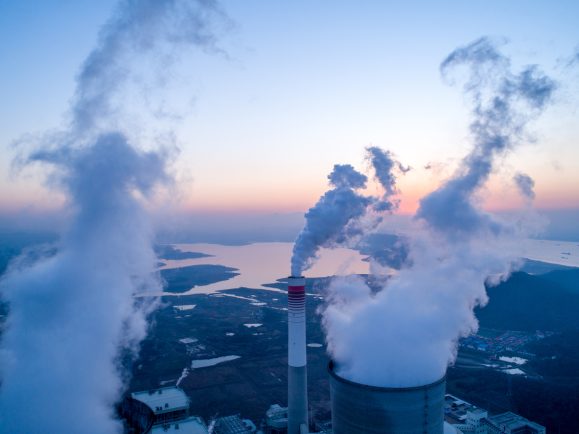In a notable positive development for our planet, the latest analysis from experts at the International Energy Agency (IEA) reveals a moderated increase in global energy-related carbon dioxide (CO2) emissions in 2023.
This comes despite a substantial surge in total energy demand, signalling a significant shift towards cleaner and more sustainable energy practices.
An Overview of Findings
Emissions saw a moderated increase of 410 million tonnes, or 1.1%, in 2023, a substantial drop from the preceding year’s rise of 490 million tonnes.
The total reached a record level of 37.4 billion tonnes. An exceptional shortfall in hydropower output, resulting from severe droughts in China, the United States, and other economies, played a crucial role. This shortfall contributed to over 40% of the emissions rise, as nations turned to fossil fuel alternatives to compensate.
2023 – The Hottest Year on Record
Temperature variations wield a significant influence on energy sector emissions by impacting energy demand for heating and cooling. While 2023 emerged as the hottest year globally, 2022 also witnessed exceptionally high temperatures in major air conditioning regions. The resultant increase in emissions from greater cooling demand in 2023 was relatively small, at around 50 Mt CO2.
Conversely, milder winter conditions in 2023, particularly in the United States and China, reduced energy demand for heating, saving emissions equivalent to 170 Mt CO2. Considering the net effects of increased cooling demand and decreased heating demand, temperatures resulted in a net reduction of approximately 120 Mt CO2 in 2023.
Advancements in Clean Energy
Clean energy technologies, encompassing solar photovoltaic (PV), wind, nuclear power, and electric cars, emerged as averting a greater reliance on fossil fuels. These technologies not only demonstrated their effectiveness but also played a pivotal role in steering the global energy landscape towards sustainability.
Advanced Economies Lead the Way
Advanced economies experienced a historic decline in CO2 emissions in 2023, even amidst GDP growth, reaching a 50-year low.
This noteworthy decline was propelled by a combination of robust renewables deployment, coal-to-gas switching, energy efficiency enhancements, and softer industrial production.
Significantly, at least half of electricity generation in advanced economies came from low-emissions sources such as renewables and nuclear, marking a substantial shift towards cleaner energy.
Global Commitment at COP28
The positive trends in emissions reduction were further underlined by the commitment of nearly 200 countries at COP28 in Dubai in December.
This collective global effort showcases a shared determination to put emissions on a downward trajectory and emphasises the need for intensified efforts to enable emerging and developing economies to ramp up clean energy investment.
Opportunities in the Clean Energy Transition
From 2019 to 2023, clean energy growth outpaced that of fossil fuels, offering a significant opportunity to expedite the transition away from fossil fuel dependence in the coming decade.
The deployment of wind and solar PV since 2019 has already yielded substantial results, mitigating annual coal consumption equivalent to that of India and Indonesia’s electricity sectors combined and reducing annual natural gas demand significantly.
Regional Dynamics: China and India
China, a frontrunner in clean energy technology deployment, faced challenges in 2023. A historically poor year for hydropower output and the continued reopening of its economy contributed to an increase in China’s emissions by approximately 565 million tonnes.
Meanwhile, in India, strong GDP growth drove up emissions by around 190 million tonnes, with a weaker-than-normal monsoon increasing electricity demand and reducing hydropower production. Importantly, per capita emissions in India still remain significantly below the global average.
Challenges and Continued Support
The IEA’s analysis underscores both the progress and challenges on the global clean energy front.
Despite the notable progress, experts underscore the ongoing necessity for policy support to guarantee the fair advancement of all clean energy technologies. Particularly noteworthy is the observation that sales of heat pumps. Even the best air source heat pumps experienced a slight decline, underscoring the crucial need for persistent policy support to facilitate a well-rounded and equitable transition.
Conclusion: Towards a Sustainable Future
In conclusion, the global clean energy surge has proven to be a powerful force in curbing carbon emissions, even amidst challenges such as extreme weather events and economic dynamics.
The 2023 data highlights the resilience of the clean energy transition and its potential to drive global emissions downward. As we move forward, it is imperative to strengthen international collaboration, ensuring that clean energy deployment becomes more inclusive and reaches emerging and developing economies. With collective efforts, the world can continue on the path towards a sustainable and low-carbon future.











